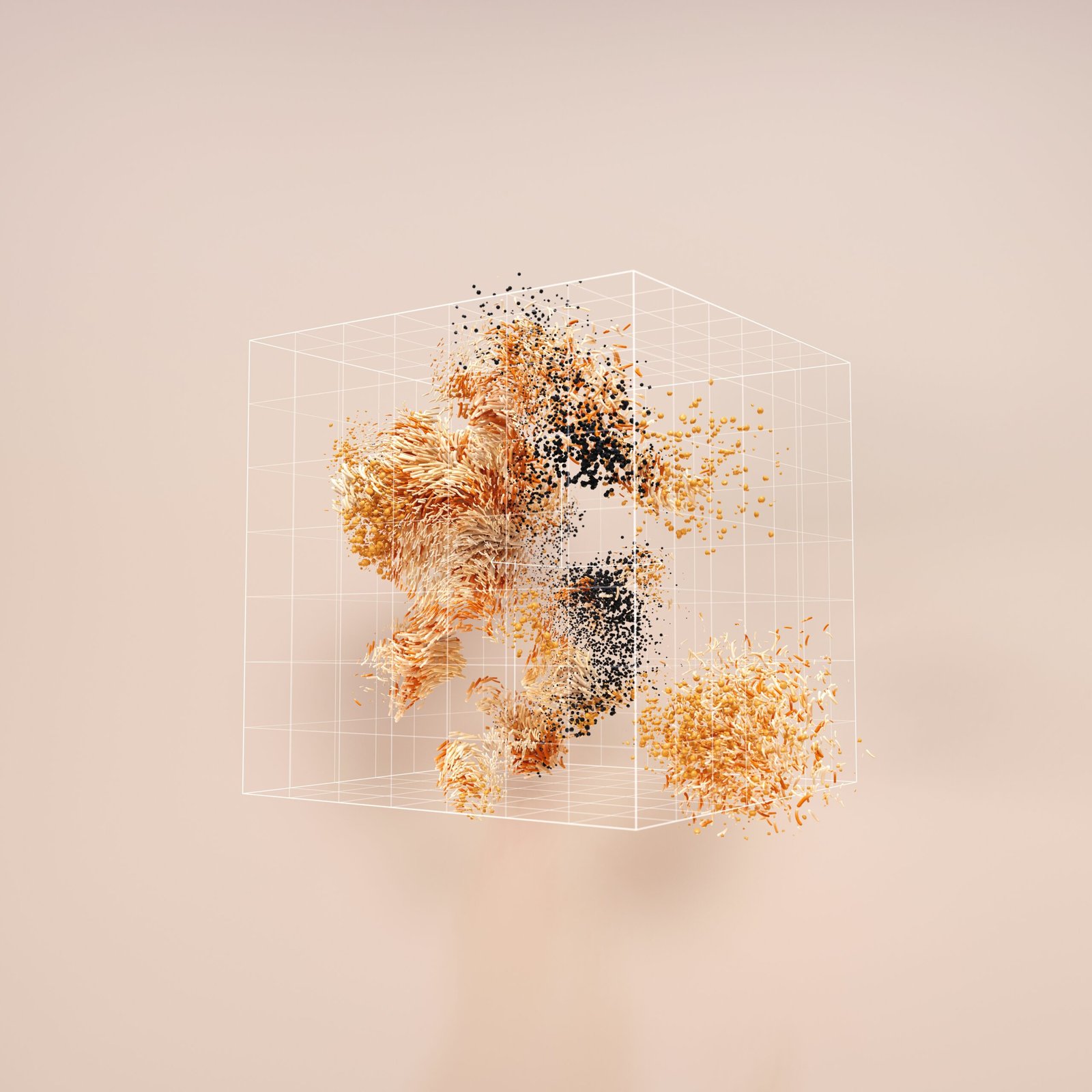Every industry is being impacted by the development of AI technology, including journalism. AI now helps automate everything from summarizing news stories to writing entire articles that inform the citizens. This change is rapid. However, one question comes to mind: will journalists lose their jobs due to Ai development? Journalist work might drastically change in the future.
As an avid technology follower, an AI enthusiast, and the CEO of Aixcircle I am here to discuss how our company and the recent advances in technology alter the AI powered journalism – its advantages and drawbacks, the technologies altering the newsroom, and whether or not humankind is still in control.
AI In Use Today In The World Of Journalism
AI is “not just a concept for the future.” It is something used in the day to day operations in many organizations, including news outlets.
1. Automated Content Generation
- With AI tools such as GPT and BARD, writing entire reports is much simpler than it used to be.
- AI is transforming journalism. Reuters and associated press have used AI for generating earnings reports and sports recaps over the past few years.
2. Real Time Data Analysis
- AI is capable of scraping huge datasets together with social media data to spot viral stories even before they explode, as mentioned earlier.
- Dataminr and NewsWhip are good examples of AI-powered tools made for journalists in spotting trends and signals.
- News coverage receives the most relevant attention due to translation technologies that allow for instant communication in different languages.
4. Fact Checking and Misinformation Finding
- AI systems analyze the claims made in the news, verify screenshots and links to different sources, and flag false claims, sometimes referred to as ‘fake news’.
- Tools like Google’s Fact Check and Full Fact utilize technology towards maintaining a certain standard of accuracy.
Technologies Used in Newsrooms
Many technologies have advanced the field of journalism:
- Relief in Work Overload
With the use of AI technologies, content and insights can be generated in seconds making them easier to manage during peak periods. The news can be covered in real time, and editorial backlogs are significantly lowered.
- Expenses
Due to the repetitive nature of some tasks such as earnings reports, drawing automated systems decreases operational costs. Savings can redirect funds to hiring more reporters.
- Data Analysis
With modern journalism comes new technologies, and with AI, untold stories existing within huge datasets may become accessible because they are far beyond the boundaries of human processing.
- Enhanced Content Interaction
AI-driven digital platforms become exposed to higher reader interaction as tailored content is sent to individual readers, increasing retention.
Negative Impacts of AI journalism
In light of the newly received technologies, changes within journalism makes for a new set of flaws:
- Absence of People
There is no doubt about the capabilities of AI. However, the lack of empathy and nuance needed in complex human interactions is crucial in the world of sensitive, investigative reporting.
- Algorithms with Biases
Reports based on AI are subject to biases within the chosen datasets used as training. The end result may be distorted or unjust.
- Problems with Trust
There are issues of ethics and trust among readers when there is AI-generated content that is not clearly marked.
- Anxiety Around Job Loss
Fear of automation taking away roles for editors is growing, but the truth is much more nuanced.
Are Journalists Going to be Replaced by AI?
Not entirely, but journalism as a field will be reshaped.
AI will not take journalists‘ jobs, but it will work to improve their tasks. The argument will not be man versus machine but rather man combined with machine in the future newsroom.
Let’s look at how the relationship is changing:
| AI’s Role | Human Journalist’s Role |
| Create outlines and first drafts of reports | Hyper-critique, add depth, and offer a human perspective. |
| Transcription and translation work | Interview and fact-check |
| Data and trend analysis | Critical inquiry and narrative building. |
| Content delivery and personalization | Emotional connection and trust building |
What Journalists Say
Many reporters now embrace AI as a helpful assistant. As investigative journalist Kara Swisher put it:
“AI can handle the grunt work—but journalism still requires judgment, skepticism, and storytelling. That’s human territory.”
The Future: Augmented Journalism
We are in a new era of ‘augmented journalism’ where reporters will be able to do more with less. With the advent of AI technology, expect newsrooms to increasingly adopt:
- AI-assisted research tools.
- Real-time updates by robot journalists.
- Smart analytics for reader behavior.
- AI chatbots for audience engagement interactions.
Reporters have nothing to fear. Civic-minded journalists willing to learn these technologies will only be empowered and made more impactful in purpose.
Final Thoughts from Aixcircle
Aixcircle does not foresee AI erasing creativity; instead, heightening it. The journalists of tomorrow won’t be replaced \something machines, but rather by those who embrace the machine’s potential to amplify truth, reach, and relevance.


